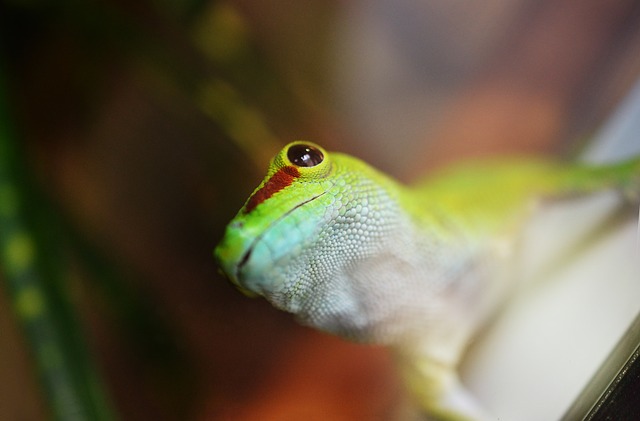
Lizards are becoming more and more popular each day in the pets’ market. One of the most popular lizards are the Leopard Geckos. They are considered as one of the ideal lizards for beginners. Leopard Geckos are relatively small and easy to care for making them a top choice as pets. A 15-20 gallon tank is large enough and since they are nocturnal, they do not need specialized (UVA/UVB) lighting.
They are insectivores and should be fed a variety of insects. They are also quite docile and easy to handle. Because of their size, these lizards are also easy to transport and even ship. However, proper packing must be observed to ensure that these little critters arrive unscathed and alive. Here are some tips on how to properly pack and ship a live leopard Gecko.
1. Get a shipping box with Styrofoam insulation on all sides. The size of the box depends on how many geckos you are going to ship.
2. Seal all cracks and seams of the box with packaging tape, including the Styrofoam lining.
3. When shipping during summer months, place a cold pack inside the box. Wrap the cold pack first in 2 layers of newspaper. You can use tape to secure the wrap. Place the pack in the corner of the box or on the shortest length side.
4. Make sure that when the geckos are placed in the box they are not in direct contact with the cold pack.
5. When shipping during the winter months, place heat packs inside the box. Activate the heat packs before placing them in the box. Open and shake the packs to activate its contents and make sure the red line is exposed to air as this is where the perforated holes are.
6. Remember that if the side with the red line is laid on a surface the pack won’t heat as it’s not getting air. They usually take 30 to 45 minutes to completely activate. Tape the pack to the shortest length side.
7. Prepare the gecko by putting it in a deli cup. A young leopard gecko is perfect for an 8oz or 12-ounce cup that has a diameter of 4 1/2 inches while a full-grown adult can be placed in a deli cup with a diameter of 6 3/4 inches. Using appropriately sized cups is critical to prevent the lizard from getting tossed around during transit if the container is too big for it. The cup should provide a snug and comfortable space for the animal. Don’t place more than one animal per deli cup.
8. Puncture air holes on the lid of the deli cups or you may purchase cups that already come with pre-punched air holes on them.
9. To provide cushion and absorb waste materials, line the deli cup with folded paper towels.
10. Gently place the gecko inside the deli cup and put on the lid. Make sure that the lid is completely fastened and you may want to secure it with tape to prevent it from popping open during transit.
11. Place a layer of packing peanuts at the bottom of the box. Put the sealed deli cup on top of the peanuts and in the center of the box. If shipping multiple cups, you may stack them up or arrange them side by side.
12. Fill the remaining empty spaces with more packing peanuts up to the top of the box. Make sure every space is packed with peanuts to prevent the deli cups from moving.
13. Close the box and tape every crack. This ensures that the package is well insulated.
14. Address and label the package and take to a shipping company.
15. Choose the fastest option possible such as overnight or next day delivery.
